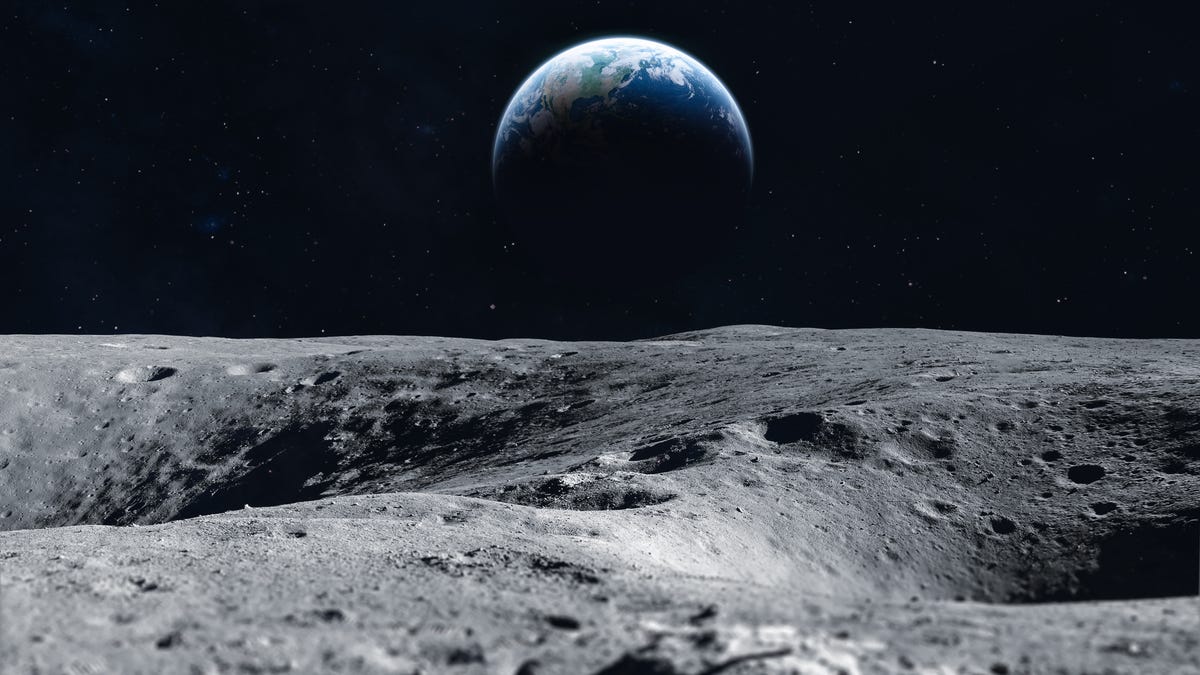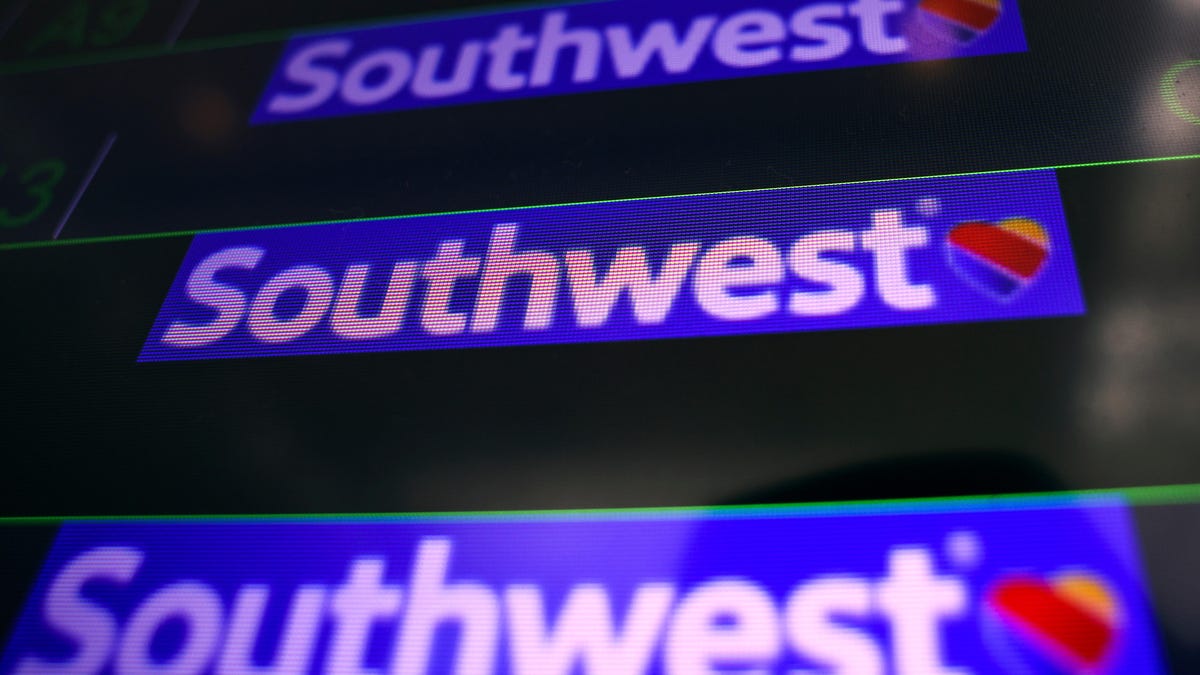NASA and International Partners Collaboration for Lunar Time Standard
NASA and its international partners are embarking on groundbreaking plans for lunar exploration, necessitating the synchronization of timekeeping between Earth and the Moon. The White House has tasked NASA with the development of a solution to support the Artemis program while preserving the United States’ prominent position in the global space race.
Development of Coordinated Lunar Time (LTC)
The proposal unveiled by the White House, as initially disclosed by Reuters, entails NASA devising a Coordinated Lunar Time (LTC) framework by the culmination of 2026. While aligning time systems on Earth presents minimal complexity, incorporating the relativity aspect attributed to lunar timekeeping imposes substantial challenges.
According to Einstein’s theory of relativity, time elapses differentially on the Moon compared to Earth, which holds true for the wider expanse of outer space. Notably, proximity to a black hole would cause a perceptible deceleration in time due to the extreme gravitational pull exerted by the celestial body. While the variance in time perception between the Moon and Earth is subtle, it accumulates over time.
Precedent and Implications
The directive issued by the White House aligns with previous endeavors within the space research domain. The European Space Agency (ESA) previously solicited applications from enterprises to facilitate the standardization of lunar timekeeping protocols. Furthermore, NASA propelled the deployment of the Deep Space Atomic Clock (DSAC) in 2019, enabling spacecraft autonomy in navigation without relying on Earth-based directives.
Presently, missions to the Moon communication employ Coordinated Universal Time (UTC) as a standardized temporal metric in fostering seamless interactions between lunar missions and Earth-based teams. However, as humanity braces for an enduring lunar presence, the necessity for an independent lunar timekeeping system emerges. This requirement emanates from the realization that a lunar clock would slightly outpace terrestrial timekeeping metrics. Experts estimate that a lunar clock would outstrip Earth clocks by approximately 56 microseconds daily, as corroborated by the White House’s Office of Science and Technology projecting a daily erosion of 58.7 microseconds.
Implications for Artemis Program
The timeline stipulated by the White House coincides with the impending Artemis program milestones, highlighting NASA’s mission to reintroduce astronauts to lunar terrains. The forthcoming Artemis 3 mission, slated to facilitate human landing near the lunar south pole post-2026, underscores the vigor of the imminent return-to-space pursuits. Notably, this relay race encompassing diverse facets of engineering and space science includes the endeavor to redefine temporal metrics, a pivotal segment underscored by the White House’s rallying call to expedite temporal standardization.
Consequently, the global response to this call to action remains uncertain, with conjecture looming over the reactions of space-faring nations such as Russia, China, and others to this pronounced unilateral initiative.
Image/Photo credit: source url





